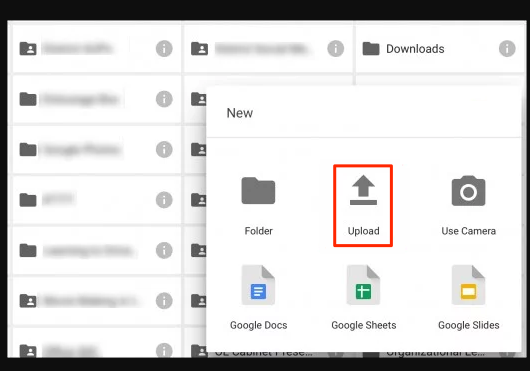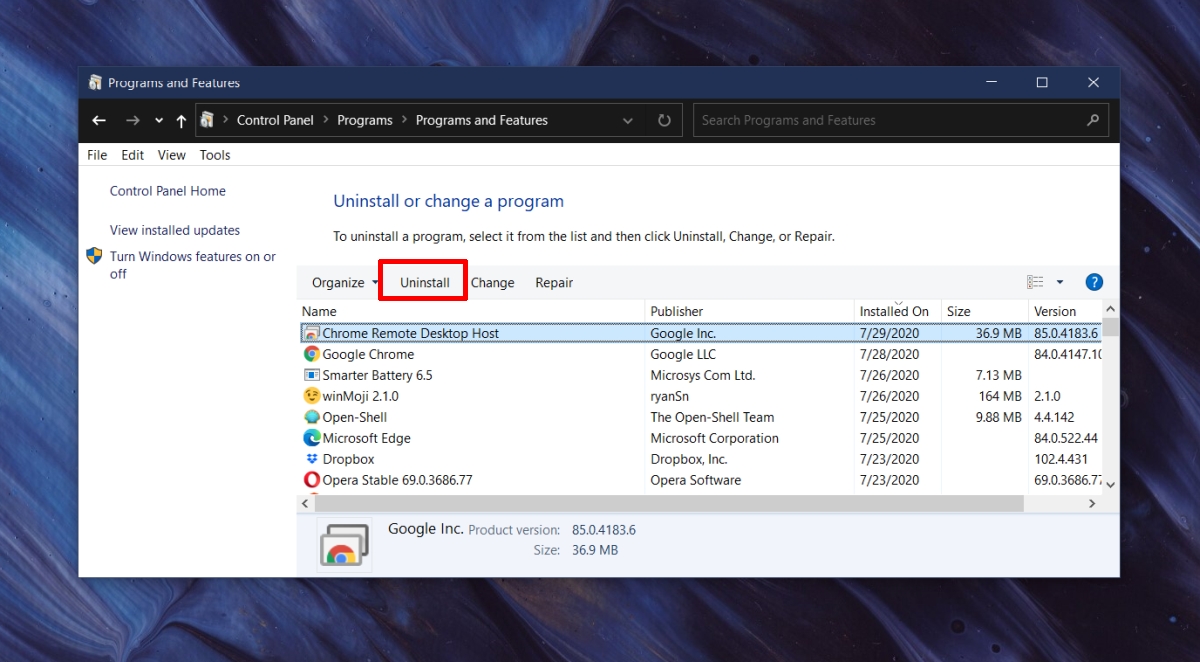


This increased the size of icons and the address bar, and allowed me to keep page zoom at 100 percent at the expense of video quality. The only solution was a compromise: I went into the display settings menu, and reduced the screen resolution to 720p. But these settings don’t affect the size of the icons in apps, bookmarks, or the address bar, all of which was too small for my liking. So I went back to the settings menu to consider my options.Ĭhrome includes two simple ways to scale web content: You can change the size of text alone, or you can set a higher default zoom level so everything looks larger. That’s because the OS is primarily designed for desktop, not living-room, use. Looking at my 40-inch TV from about 12 feet away, all the screen elements-from the the icons and the address bar to the actual Web pages-looked puny. Scaling the Chromebox’s resolution back to 720 was a necessary sacrifice to make icons and menu options legible.Īfter aligning the display, the layout still needed improvement. Fortunately, Chrome OS hides a similar “TV alignment” tool under Settings > Device > Display settings, letting me shrink the screen down to size.

A lot of TVs do this for any device you plug in, but most set-top boxes and consoles build an alignment tool into the setup process. After setup, I ran into a problem that I’d fully expected: My Sharp TV was cropping out the edges of the desktop, so I could barely see the row of icons on the bottom of the screen.


 0 kommentar(er)
0 kommentar(er)
